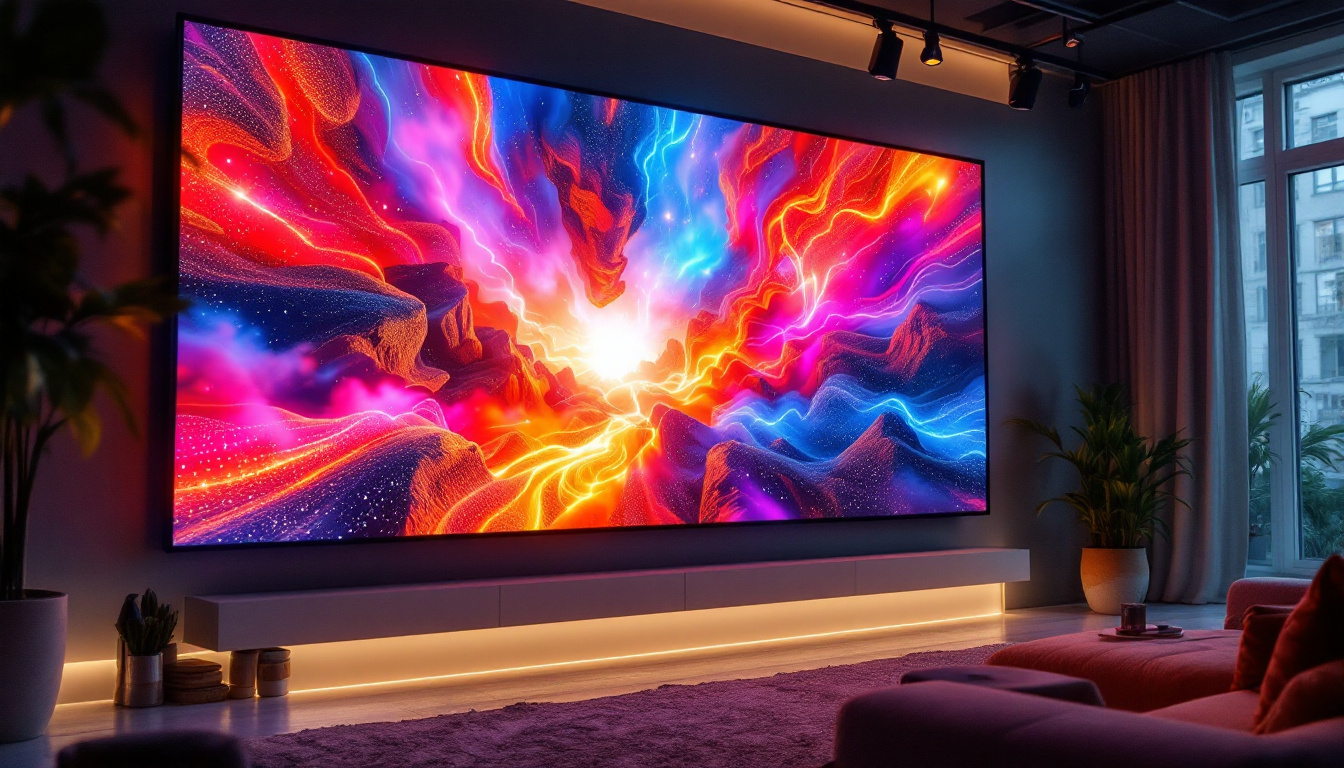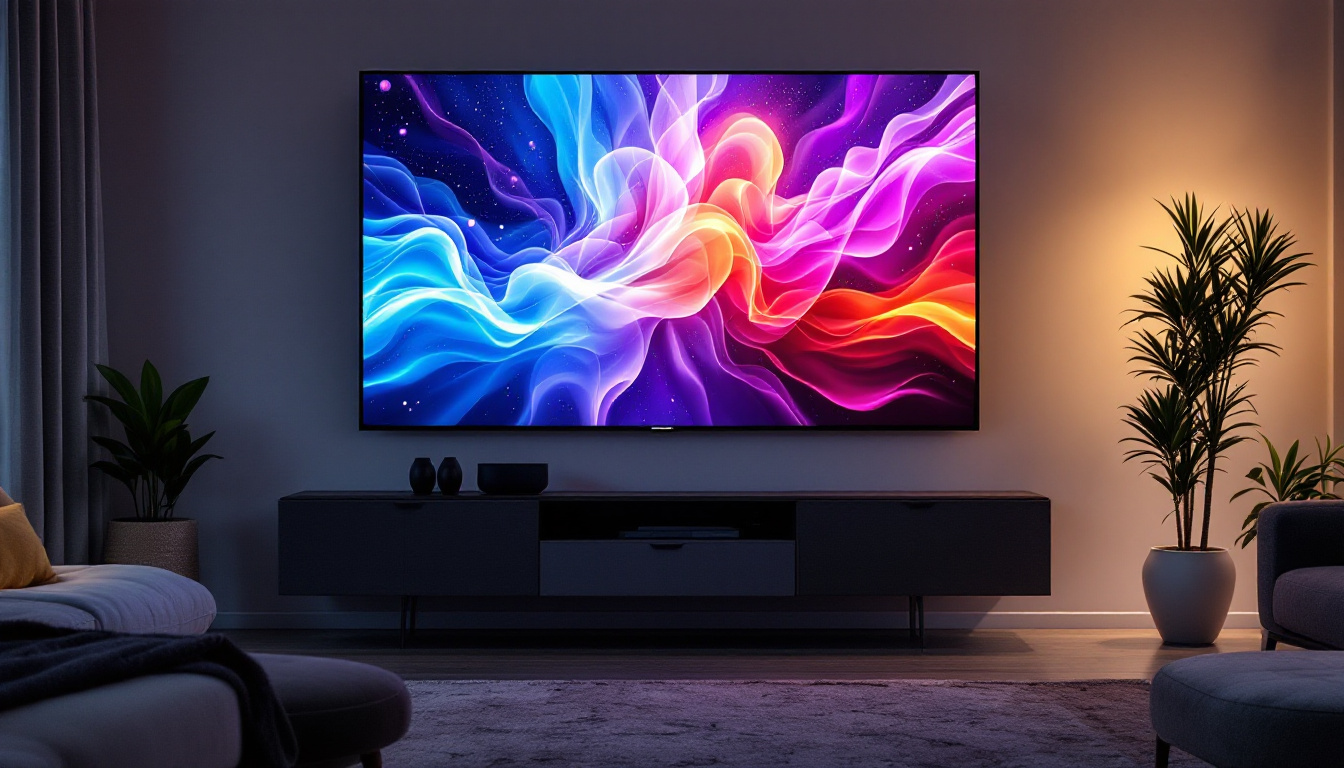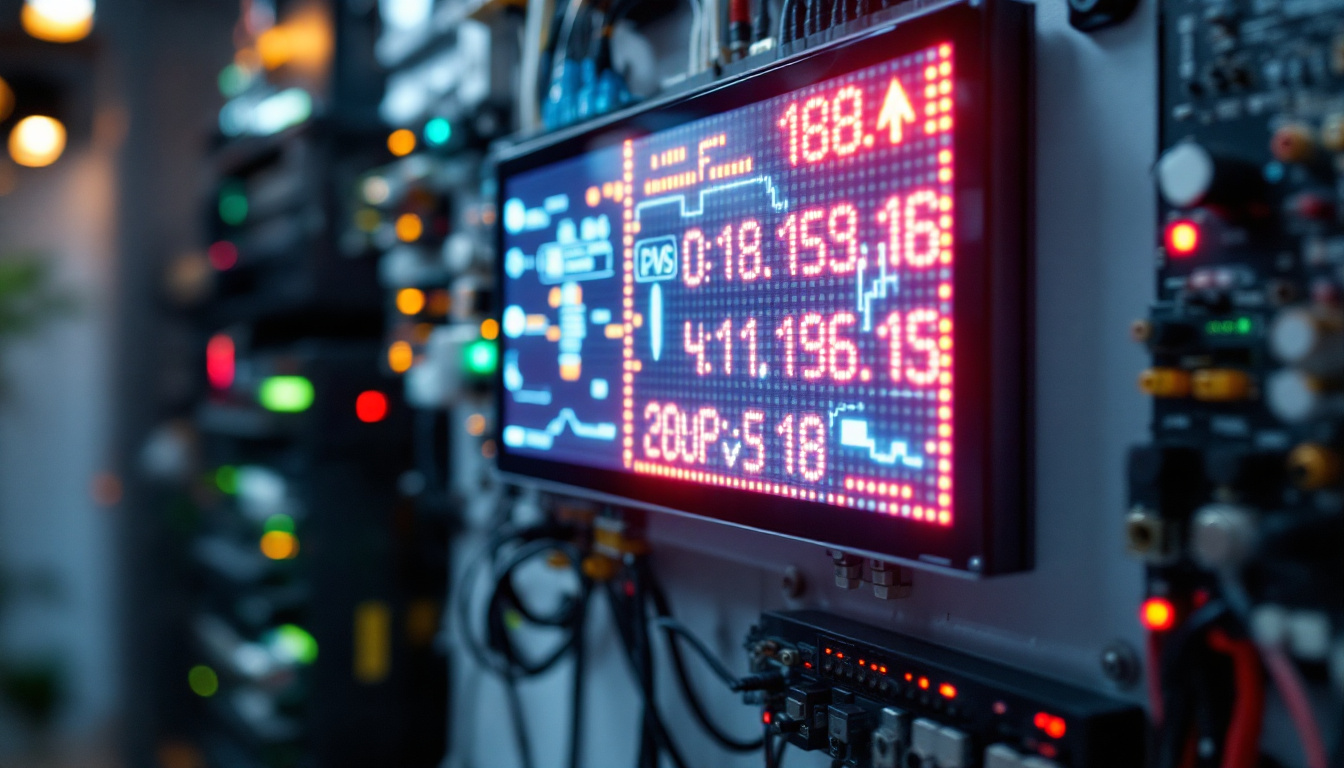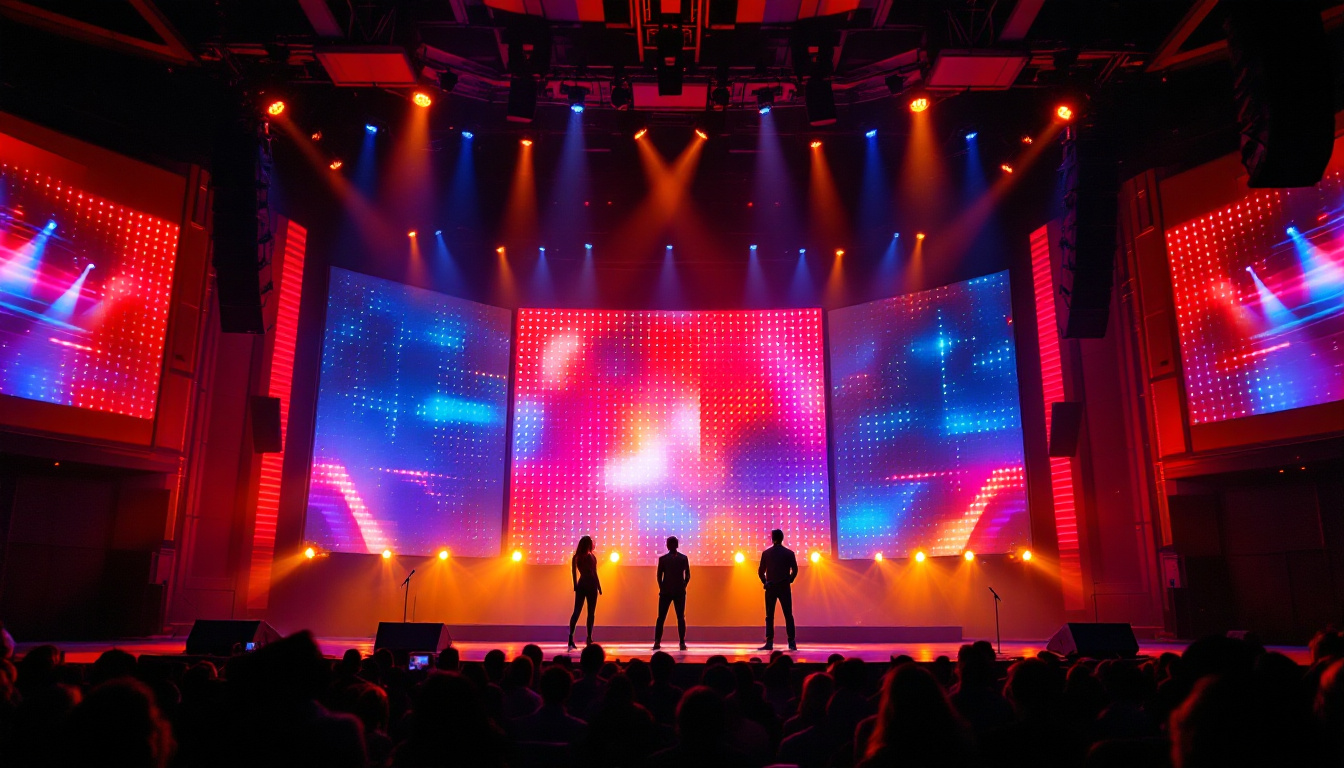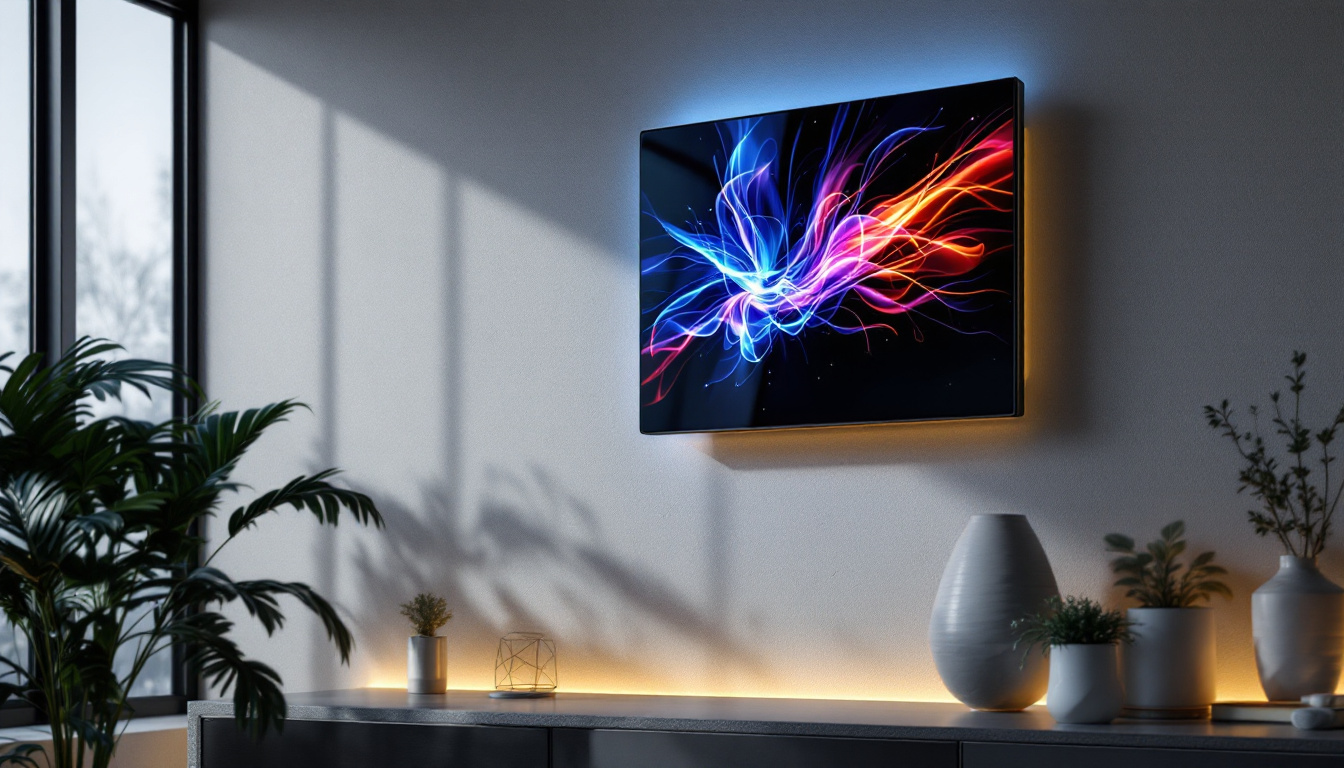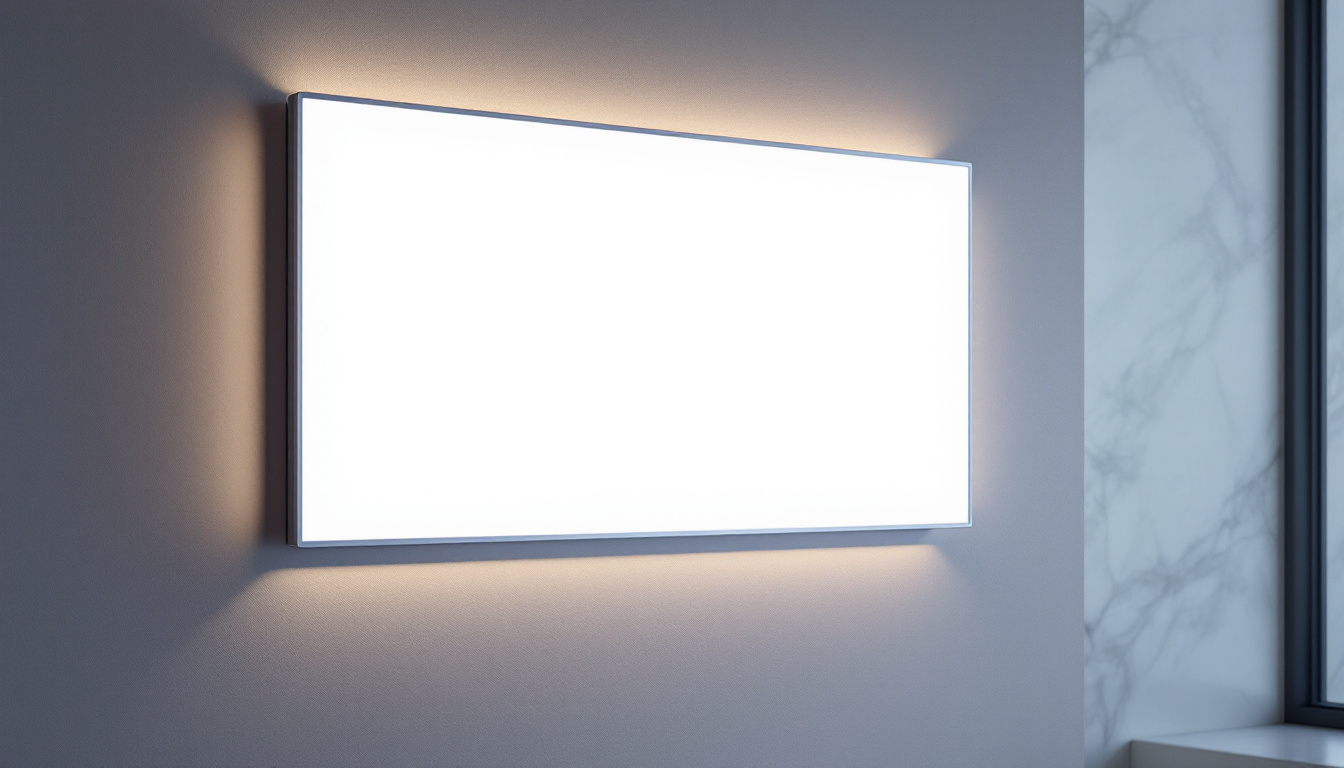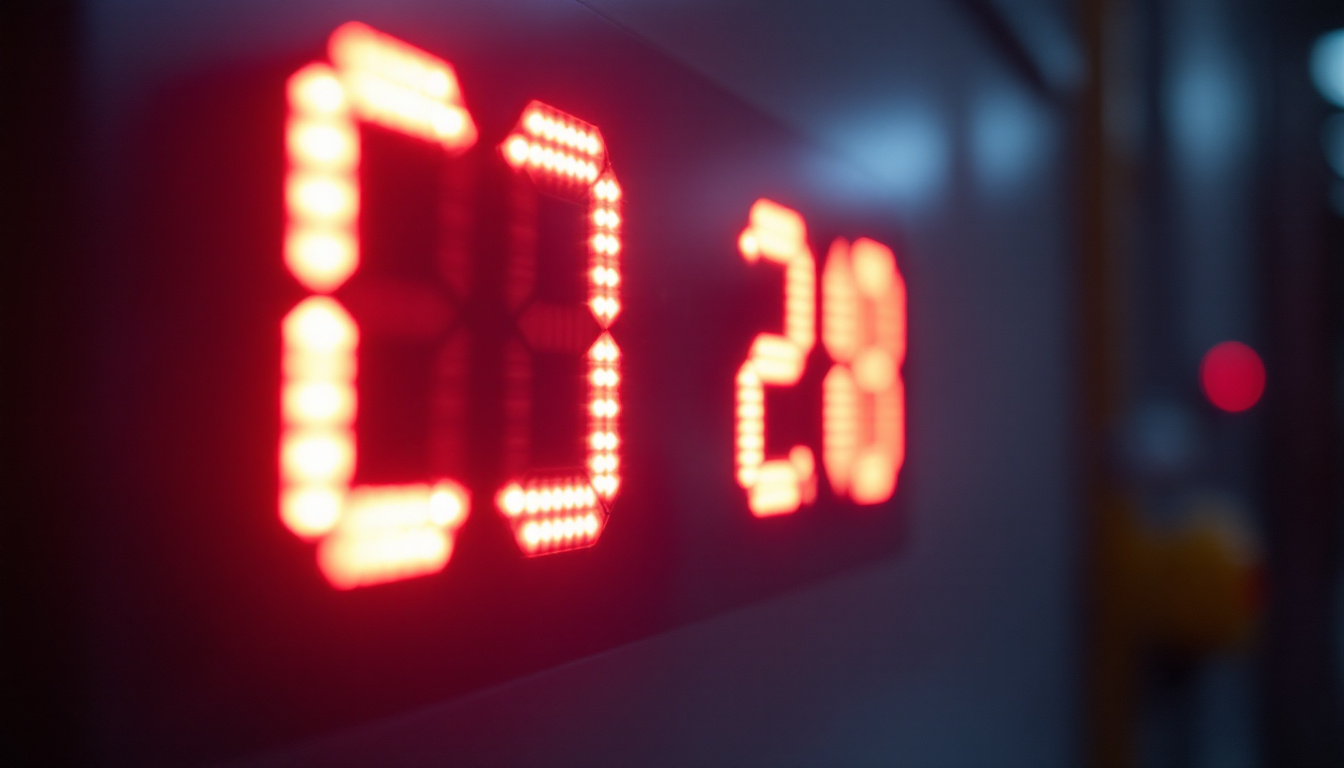The evolution of timekeeping devices has seen remarkable advancements over the decades, with LCD and LED displays becoming increasingly popular in modern clocks. Understanding the differences and functionalities of these technologies is essential for anyone looking to choose the right clock for their needs. This article delves into the intricacies of LCD display clocks and the role of LED displays, providing insights into their technology, advantages, and applications.
Understanding LCD Technology
Liquid Crystal Display (LCD) technology has transformed the way we view information. It utilizes liquid crystals sandwiched between two layers of glass or plastic, which manipulate light to create images and text. This technology is widely used in various devices, including clocks, televisions, and computer monitors. The versatility of LCDs has made them a staple in modern electronics, providing a balance between performance, power consumption, and cost-effectiveness. As technology advances, LCDs continue to evolve, incorporating new features and improvements that enhance user experience.
How LCD Works
At the core of an LCD is the liquid crystal material that responds to electric currents. When electricity is applied, the liquid crystals align in a way that either blocks or allows light to pass through. This process creates the visual output seen on the screen. The backlight, typically fluorescent or LED, illuminates the display, enabling visibility even in low-light conditions. Additionally, the color filters used in LCDs play a crucial role in producing the vibrant hues we see. Each pixel is divided into subpixels that are colored red, green, and blue, which combine in various intensities to create the full spectrum of colors. This intricate combination allows for detailed and colorful images, making LCDs suitable for everything from simple text displays to high-definition video playback.
Types of LCD Displays
There are several types of LCD displays, each with its unique characteristics. The most common types include Twisted Nematic (TN), In-Plane Switching (IPS), and Vertical Alignment (VA). TN panels are known for their fast response times, making them ideal for gaming. IPS panels offer better color reproduction and wider viewing angles, while VA panels provide superior contrast ratios. Beyond these, there are also advanced variations like Advanced Fringe Field Switching (AFFS) and Super In-Plane Switching (S-IPS), which aim to enhance the performance of traditional IPS displays by improving color accuracy and viewing angles even further. As consumers demand higher quality displays for gaming, professional design work, and multimedia consumption, manufacturers are continually innovating to meet these needs, leading to the development of hybrid technologies that combine the strengths of different LCD types.
Advantages of LCD Display Clocks
LCD display clocks have gained popularity for numerous reasons. Their design and functionality cater to a wide range of user preferences and environments, making them a versatile choice for many households and workplaces.
Energy Efficiency
One of the most significant advantages of LCD display clocks is their energy efficiency. Compared to traditional analog clocks or even some LED options, LCD clocks consume less power. This efficiency is particularly beneficial for battery-operated models, extending their lifespan and reducing the frequency of battery replacements. Furthermore, many modern LCD clocks are designed with eco-friendly features, such as solar charging capabilities or energy-saving modes that automatically adjust the display according to ambient light levels, further minimizing energy consumption.
Clear Visibility
LCD clocks typically feature large, easy-to-read digits, making them suitable for individuals of all ages. The clarity of the display ensures that time can be quickly and easily read from a distance, which is particularly useful in larger rooms or offices. Additionally, many LCD clocks come with adjustable brightness settings, allowing users to customize visibility based on their environment. This adaptability is especially advantageous in settings where lighting conditions can vary significantly throughout the day, such as in classrooms or conference rooms. Some models even incorporate backlighting that can be activated in low-light situations, ensuring that the time is always visible, regardless of the surrounding conditions.
Variety of Features
Beyond just telling time, LCD display clocks often come equipped with a variety of additional features that enhance their functionality. Many models include built-in alarms, timers, and even temperature displays, making them multifunctional tools for daily life. Some advanced versions offer features like calendar displays, world time settings, and even Bluetooth connectivity, allowing users to sync their clocks with smartphones or other devices. This integration of technology not only adds convenience but also makes it easier to manage schedules and stay organized in our fast-paced lives.
Stylish Designs
Another appealing aspect of LCD display clocks is their stylish designs. Available in a wide range of colors, shapes, and sizes, these clocks can complement any decor, from modern minimalist to classic traditional styles. Some models even feature customizable skins or interchangeable faceplates, allowing users to personalize their clocks to match their home or office aesthetics. This blend of functionality and style makes LCD clocks not just practical timekeeping devices but also attractive decorative elements that enhance the overall ambiance of a space.
Exploring LED Displays
Light Emitting Diodes (LEDs) have revolutionized display technology, offering vibrant colors and exceptional brightness. While LED displays are often associated with screens, they also play a crucial role in digital clocks.
How LED Displays Function
LED displays utilize semiconductor technology to emit light when an electric current passes through. Each pixel in an LED display is made up of red, green, and blue subpixels, which can be combined to produce a wide spectrum of colors. This technology allows for dynamic and visually appealing displays, making it a popular choice for various applications, including advertising and digital signage.
Advantages of LED Display Clocks
LED display clocks offer several advantages that make them an appealing choice for consumers. Their bright displays are easily visible even in direct sunlight, making them ideal for outdoor use. Additionally, LED technology is known for its longevity, with many LED clocks lasting for years without needing replacement.
Comparing LCD and LED Display Clocks
When considering a clock, understanding the differences between LCD and LED displays can help consumers make informed decisions. Both technologies have their strengths and weaknesses, and the choice often depends on individual preferences and specific use cases.
Brightness and Visibility
LED displays are generally brighter than LCDs, making them more suitable for environments with high ambient light. This brightness ensures that the time is easily readable from a distance, which is particularly beneficial in large spaces. However, LCDs can be equipped with adjustable backlighting, allowing users to enhance visibility as needed.
Color and Contrast
In terms of color reproduction, LED displays typically outperform LCDs. The ability to produce vibrant colors and deep contrasts makes LED displays more visually appealing. However, high-quality LCDs, particularly those with IPS technology, can also offer impressive color accuracy and contrast levels, making them suitable for various applications.
Applications of LCD and LED Display Clocks
Both LCD and LED display clocks find applications in diverse settings, from homes to workplaces and public areas. Understanding where each type excels can help in selecting the right clock for specific needs.
Home Use
In residential settings, LCD clocks are often favored for their sleek designs and energy efficiency. Many models come with additional features such as alarms, temperature displays, and even calendar functions, making them multifunctional. LED clocks, on the other hand, are popular for their striking appearance and bright displays, often used in bedrooms or living rooms as decorative pieces.
Commercial Use
In commercial environments, both LCD and LED clocks serve essential roles. LCD clocks are commonly found in offices, where their clear displays and energy efficiency are valued. LED clocks, with their high visibility and modern aesthetic, are often used in retail spaces and public areas, such as train stations and airports, where quick time checks are necessary.
Choosing the Right Clock for Your Needs
When selecting a clock, several factors should be considered to ensure it meets your requirements. Understanding the specific features and functionalities of LCD and LED displays can guide consumers in making the best choice.
Consider Your Environment
The environment where the clock will be placed plays a crucial role in the decision-making process. For brighter spaces, an LED clock may be more suitable due to its superior brightness. Conversely, in darker environments, an LCD clock with adjustable backlighting may suffice and offer a more energy-efficient option.
Evaluate Features
Different clocks come with various features that cater to specific needs. Some LCD clocks offer additional functionalities, such as alarms, timers, and even Bluetooth connectivity. LED clocks may focus more on aesthetic appeal and visibility. Consider what features are essential for your use case before making a decision.
Future Trends in Clock Technology
The clock industry continues to evolve, with advancements in technology paving the way for innovative designs and functionalities. Emerging trends indicate a shift towards smart clocks that integrate with home automation systems, providing users with more control and connectivity.
Smart Clocks
Smart clocks are becoming increasingly popular, offering features such as voice control, integration with smart home devices, and customizable displays. These clocks often utilize both LCD and LED technologies, providing users with the best of both worlds. As technology continues to advance, the capabilities of smart clocks are expected to expand, making them even more versatile.
Eco-Friendly Designs
With growing awareness of environmental issues, manufacturers are focusing on creating eco-friendly clock designs. This includes using sustainable materials and energy-efficient technologies, such as solar-powered clocks. These innovations not only reduce the carbon footprint but also appeal to environmentally conscious consumers.
Conclusion
In conclusion, understanding the differences between LCD and LED display clocks is essential for making informed purchasing decisions. Both technologies offer unique advantages, catering to various needs and preferences. Whether it’s the energy efficiency of LCDs or the vibrant displays of LEDs, each type has its place in modern timekeeping. As technology continues to advance, the future of clocks promises even more exciting developments, making it an intriguing field to watch.
Discover LumenMatrix’s Innovative LED Display Solutions
As you consider the future of timekeeping and display technology for your personal or professional needs, LumenMatrix stands at the forefront of LED innovation. With a comprehensive array of LED display modules, from Indoor and Outdoor LED Wall Displays to specialized solutions like Vehicle and Sports Displays, LumenMatrix is committed to enhancing your brand’s visibility and creating immersive visual experiences. Embrace the vibrant, energy-efficient displays that LED technology offers and transform the way you communicate visually. Check out LumenMatrix LED Display Solutions today and step into a world where clarity and engagement redefine the standard.




